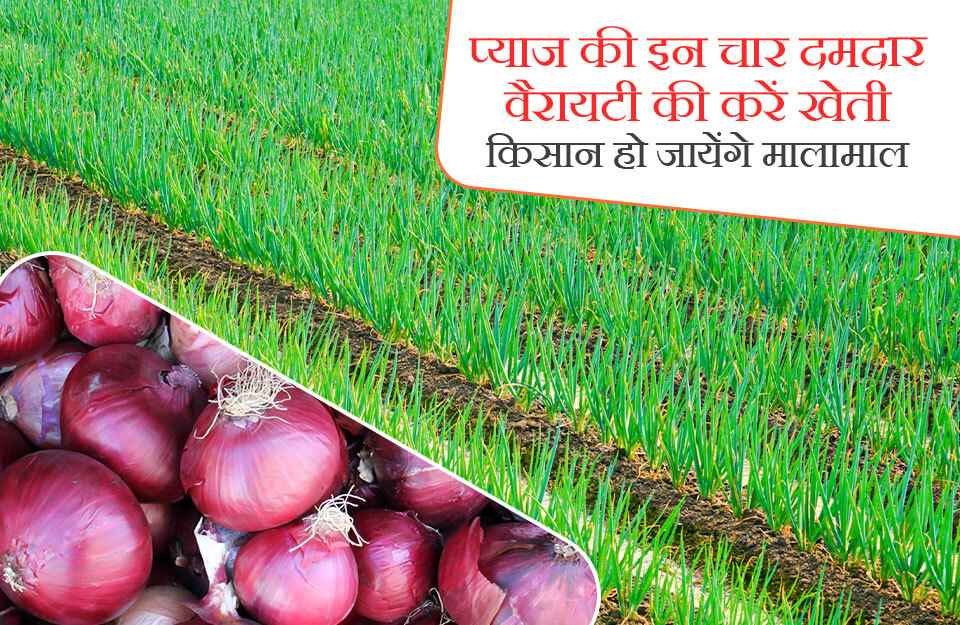
Onion cultivation presents a lucrative opportunity for farmers to generate significant profits. However, realizing success and maximizing returns from onion farming necessitates careful attention to timing, favorable weather conditions, and soil quality. Maharashtra stands out as a leading region for onion cultivation in India, boasting two cultivation seasons annually - one in May and the other in November.
During the Rabi season, onions thrive with rainfall ranging between 700 to 800 mm for optimal growth. Ideal onion yields are achieved in rich, loamy soil. Prior to commencing onion farming, thorough plowing followed by 1 to 2 soil turnings ensures uniform soil composition. Post-plowing, the soil should be leveled, and furrows created for planting. Incorporating cow dung manure and compost bacteria into the field is recommended. For efficient irrigation, consider utilizing drip or sprinkler systems. When planting, maintain a distance of 15 cm between rows and 7.5 cm between individual plants. For Kharif season cultivation, onion seeds should be sown between June 1st and June 15th, with thinning required when plants reach 40-45 days old.
Successful onion farming typically requires 4 to 5 kilograms of seeds per acre. After planting, the weather turns cold within 1 to 2 months, facilitating germination. Temperature fluctuations during germination are conducive to crop growth. While soil types vary by region, black soil is generally preferred for its superior drainage and nutrient-retention capabilities. Black soil is rich in organic fertilizers, and incorporating 45 to 50 tons of organic manure per hectare can significantly enhance productivity.